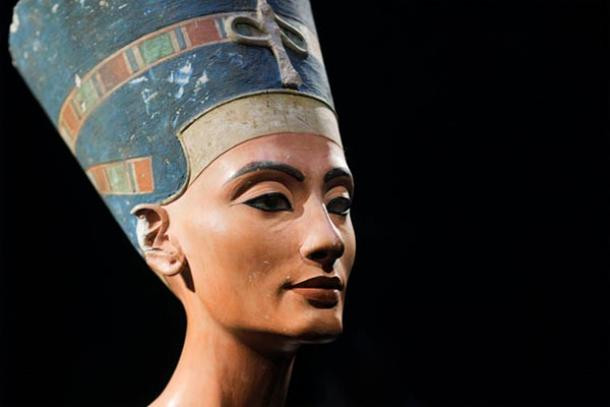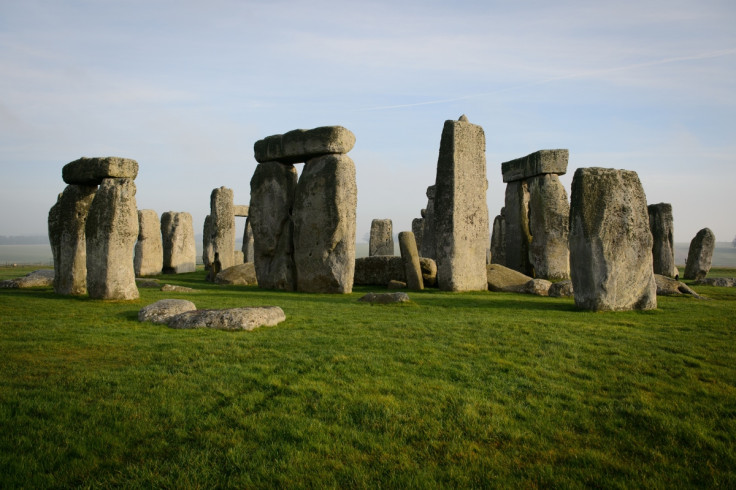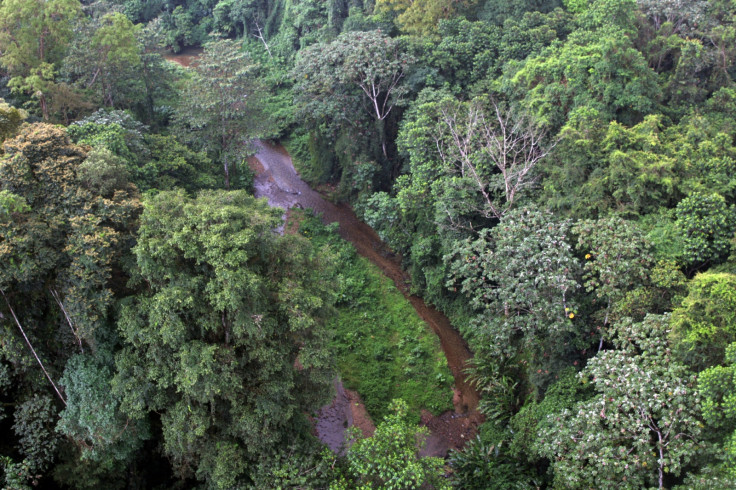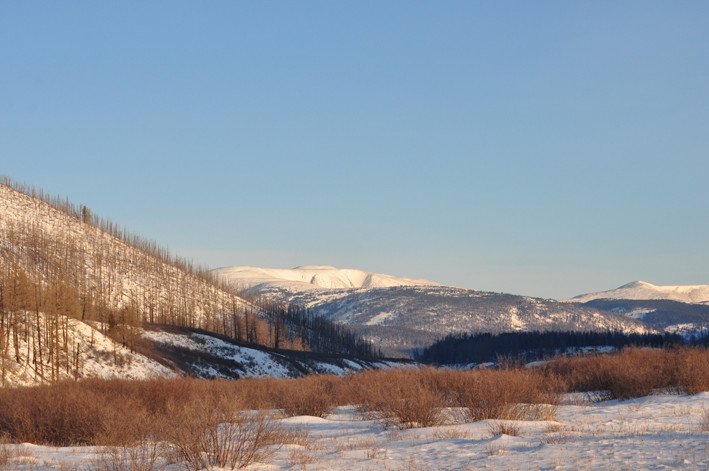Queen Nefertiti, Stonehenge and Nazca Lines: Five greatest unsolved archaeological mysteries
Why was Stonehenge built? Where is Genghis Khan's tomb? Why do the Nazca Lines exist?

From indecipherable inscriptions to towering monuments constructed thousands of years ago, ancient finds continue to puzzle and capture our imagination. Technological advances have allowed us to dig deeper into our past, to uncover more information about our ancestors' thought processes and activities – but some mysteries still remain.
Here are five of the greatest archaeological mysteries we are yet to solve.
Where is the grave of Queen Nefertiti?
One of the most mysterious women in ancient Egypt, Nefertiti ruled alongside Pharoah Akhenaten from 1353 to 1336 BC, and may have led the country on her own after her husband's death. For decades, scientists have been hunting for the the resting place of Nefertiti – but neither the mummy of the ancient queen nor her immediate family have yet been found and verified.
Last year, the world of archaeology was bubbling with excitement by the news that Tutankhamun's tomb could contain secret chambers holding the remains and riches of Queen Nefertiti.
In November, the country's then minister of antiquities Mamdouh Eldamaty said he was "90% positive" a radar scan had unearthed an undiscovered chamber – which added weight to previous claims the tomb was Nefertiti's burial site.
Radar scans conducted by a National Geographic team found there were no hidden chambers.
"If we had a void, we should have a strong reflection. But it doesn't exist," Dean Goodman, a geophysicist at GPR-Slice software, told National Geographic News.

Why do the Nazca lines exist?
The purpose of the Nazca lines, some of which stretch over 30 miles across Peru, is one of the biggest unsolved mysteries in the world. The lines are geoglyphs, patterns on the ground created by removing earth to form an image – and they are most visible from the sky. But scholars believe the Nazca lines were created by the Nazca culture between 500 BC and 500 AD, long before human flight was possible.
The patterns range from straight lines to geometric shapes and even animals, including geoglyphs recognisable as a monkey. Several theories have been put forward as to why they exist, and why they were created so they could only be seen from above.
In the 1940s, Paul Kosok, an American professor, observed the sun setting exactly over some of the lines on the winter solstice. He proposed the patterns were intended to signify astronomical events to keep track of the sun, moon and stars – an early calendar that would tell the Nazca when to plant and harvest their crops.
This theory has been disputed by other archaeologists, however. In his book The Nazca Lines: A New Perspective on their Origin and Meanings, Dr Johan Reinhard states: "It seems likely that most of the lines did not point at anything on the geographical or celestial horizon, but rather led to places where rituals were performed to obtain water and fertility of crops."

Who built Stonehenge – and why?
Stonehenge is a huge Neolithic monument located in Wiltshire in southern England. Destination of choice for Pagans and Wiccans, work on the monument began around 3000 BC and continued until around 1500 BC, in the early Bronze Age. Despite extensive research into Stonehenge's creation, we can still only make educated guesses as to how – and why – the ring of rock was constructed.
Perhaps most confusingly, studies have proven the bluestones that make up part of Stonehenge originated in the Preseli Hills in Pembrokeshire, Wales – 150 miles away from the monument. Scientists are still trying to work out how the gigantic rocks were moved, whether humans dragged the blocks on rafts or whether they had already been moved closer to Salisbury by a glacier.
Hundreds of theories have been put forward as to how and why Stonehenge was created and by who. In the 17<sup>th and 18<sup>th centuries, many people believed the monument was a druid temple. Other theories suggest Stonehenge was an elite burial site. The most popular, long-standing theory is that Stonehenge is actually an astronomical calendar.

Where is the long-lost White City and who lived there?
For decades, archaeologists have been searching for the hidden city of Ciudad Blanca – the legendary White City, or the Lost City of the Monkey God – in La Mosquitia in eastern Honduras. The first mention of the city was in 1927, when aviator Charles Linbergh reported seeing a "white city" while flying over the region. Since then, numerous archaeologists have searched for it, without success.
The Monkey God name comes from the explorer Theodore Morder, who claimed to have unearthed the ruins of the city in the 1940s but refused to disclose its location for fears of looters.
Earlier this year, archaeologists from the Honduras' Institute of Anthropology and Colorado State University began to excavate an area believed to be the White City. Artefacts including jars and bowls were found, which appear to date to between 1,000 and 1,500 AD. But while the discovery may shed light on the location of the White City, we still don't know much about the "Mosquitia people" who inhabited it. "The culture is so under-studied that it has not been given a formal name," Douglas Preston wrote in National Geographic.

Where is the tomb of Genghis Khan?
The whereabouts of the grave of Genghis Khan has long been subject to debate, since the founder of the Mongol Empire asked to be buried in an unmarked site. After he died in 1227, it is believed his body was returned to his birthplace in the Khentii Aimag in Mongolia. Although many believe his remains are near the Onon River, nobody really knows where. The secluded spot is said to be so secretive that anyone who crossed paths with Khan's funeral procession was executed on the spot.
The Mongolian government has said Burkhan Khaldun, in the northeast of the country, is the most probable spot for Khan's tomb to be located. Last year, the region was listed as a UNESCO World Heritage site. However, according to the journalist Robyn Ackroyd, it is very unlikely the land will be excavated to search for Khan's remains.
"I think any excavation of Burkhan Khaldun is unlikely in the foreseeable future," Ackroyd told IBTimes UK in an interview earlier this year. "It is important for Mongolians to know, or believe, that Genghis Khan was returned to his Mongolian homeland after his death. However many Mongolians would see it as desecration for the grave of Genghis Khan to be uncovered."
In 2004, archaeologists unearthed the palace of Genghis Khan on a steppe around 150 miles east of the Mongolian capital of Ulan Bataar – but where is tomb is remains a mystery.
© Copyright IBTimes 2025. All rights reserved.





















